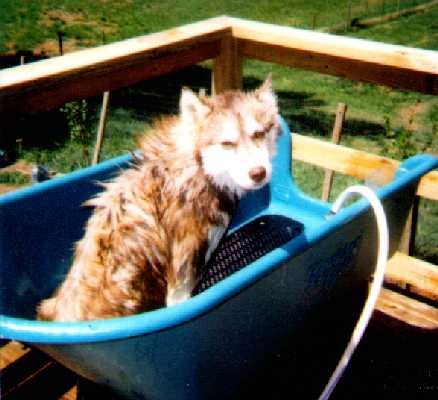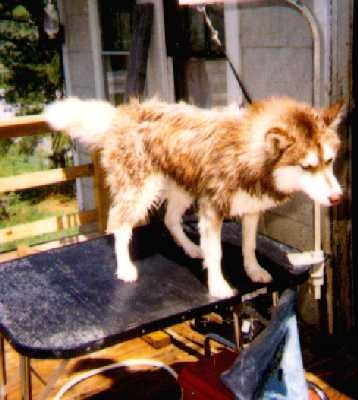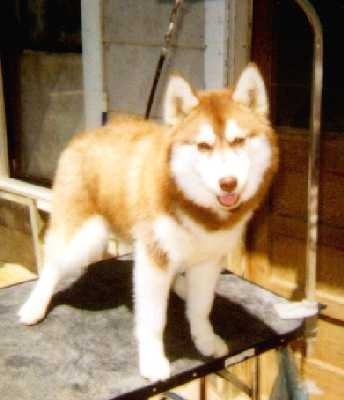
This is your best chance to keep your dog healthy. No one but you touches, interacts, and KNOWS your dog as you do. A vet is not going to notice precursors because they are subtle. You know your dog and you know when something is wrong. With these tips you can expand your baseline and catch more things before they become serious and expensive.
First groom your dog. Some people never bathe them, you should, but at least you should groom them. Our breeds are heavy Spring and Winter shedders and you need to strip the dead hair out at least then so you don’t get mats and skin/coat problems (and if your hands are on a dirty pup it might encourage a little soap and water.)
If a dog’s lymph nodes are normally slightly larger on the left side, then know this, and when the dog goes off her feed, you won’t suddenly find this anomaly and panic. Conversely, if the dog seems perfectly normal except you find a lump, than you get a professional to evaluate this.
Knowledge is Power.
Grooming Checklist
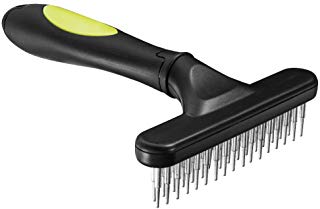
This is easy. Don’t let long lists of things intimidate you. It’s common sense, a little time and love — nothing more. Very simple procedures with small steps. Don’t beat yourself up if you don’t do all the steps, but congratulate yourself if you do. Brushing stimulates the natural oils in the skin, removes dead hair, and soothes both the groomer and the groomee!
For northern breeds, save yourself a lot of effort and buy a few pieces of equipment. (If the dog is blowing coat, it’ll be like digging potatoes to find treasure underneath.)
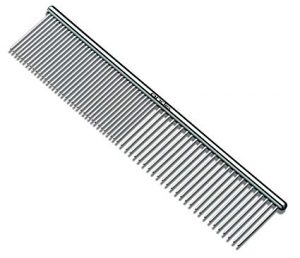
Tools
| Dog Rake – Work nose to tail, going along with the lay of the hair, this is the first step to remove tangles, mats, and yard debris. Ignore blowing coat here, concentrate on tangles. | |
| Slicker – Work tail to nose, AGAINST the lay of the hair, part the hair with your hand and brush it towards the tail, this removes dead hair. | |
| Scissors – Cut hair growing between toes, lots of praise, most dogs do not like their feet messed with. Removing hair helps on slick surfaces like linoleum and keeps feet cleaner. | |
| Baby wipes – Clean ear with wipe, entire inner ear surface, but don’t poke objects down into the ear cavity. The cleaner the ears are (the more often you clean them) the less likely you will have for trouble. | |
| Nail Clippers – Cut the toenails (feet again). Have Quik Stop or baking soda handy, or pay your vet to do it for $5. |

The whole time you are doing this, use your eyes and hands to check the dog. Now once over with praise and gentle hands and happiness. Look for cuts, lumps, discolorations, abnormality — make him a happy dog.
| Teeth, all the way in back | |
| Nose, cool & moist | |
| Lips | |
| Muzzle | |
| Eyes, eye gunk or eye boogers | |
| Ears again | |
| Feel the bones of the skull, what do they feel like | |
| Feel bones of the skull and neck | |
| Run hands down withers | |
| Back up to throat | |
| Check lymph nodes, not diagnosing, checking for normality based on last week | |
| Leg bones, close your eyes and feel the shapes and the angles | |
| Body | |
| Belly | |
| Groin | |
| Breasts, nipples | |
| Tail | |
| Dig fingers in the coat. | |
| Feet — Toes, between the toes, nails. |
Now, if you don’t like your hands on a dirty dog, NOW is when you bathe him. NOT before. Because mats tighten in water and become nearly impossible to get out.
Bathing
More Later!
Easy Way to Trim Nails
by
Jennifer Fontaine from Malamute-L
(Reprinted with permission)
As I read about the color of nails I found the one common thread between people was the hate for cutting nails and not knowing where the quick is. I have the best way to be able to tell what you should and shouldn’t cut. This was taught to me by a wonderful instructor who taught me most of what I know.
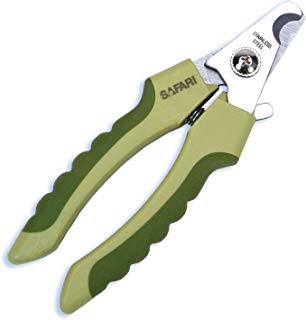
Look at the dogs nail from the side (white nails are easy to see the quick so this is not necessary, but for black nails it works great) You will notice that from the paw going out the nail is quite wide, as it gets to the end it narrows and curves, you can cut all of the narrow and curving part. The quick starts in the wide part just slightly back from where it begins to widen. My GSD has all black nails and I have only once cut his quick and it was only because he moved as I was cutting. Using this method for 10 years in all the dogs’ nails I have cut I have only cut 3 quiks. Each time because of me or the dog moving just before cutting. For black nails as well you can cut off just the ends if you are unsure, and do this every day or every other day. The more you cut the nail the further back the quick recedes. My GSD has nails that you can not see by looking at his feet, I can’t stand playing with a dog and getting scratched so I keep his short. I find the shorter they are the slower they grow, I only cut his about once every two weeks. My Mals on the other hand (which are white) grow a lot faster and need to be trimmed once a week.
Echo the Siberian, in the tub, on the grooming table, and after she’s been prettied up.
